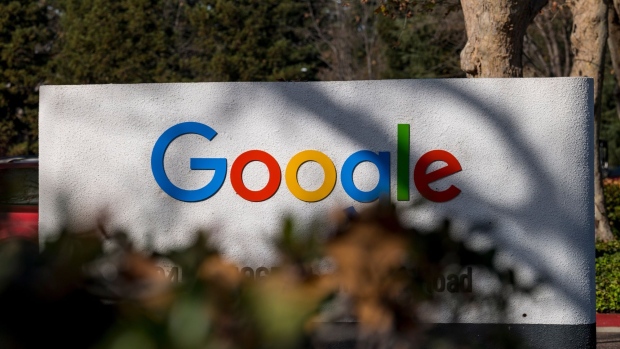Mar 29, 2023
Google Expands Visibility Into Who’s Behind Its Ads
, Bloomberg News

(Bloomberg) -- Alphabet Inc.’s Google is launching a tool to make its advertising service more transparent, following rivals like Meta Platforms Inc. and Twitter Inc. that years ago released public, searchable archives of the ads that run on their digital platforms.
“Transparency breeds trust with people and with our partners, and helps keep us accountable for the work we do,” Dan Taylor, Google’s vice president of global ads, said in a press briefing ahead of the announcement. “One thing we’ve heard loud and clear from users is that they want to know more about who is showing them the ads that they are seeing online.”
The Ads Transparency Center will be a searchable hub of all ads served in the last 30 days from Google’s list of verified advertisers, the company said Wednesday in a blog post. It will include information about ads across the company’s platforms, including on search, YouTube and display, and will say which region they were shown in, the last date ran and the format. The tool is rolling out starting Wednesday, Google said, and should be available to globally within the month on users’ My Ad Center tool as well as on a dedicated website.
Google’s efforts to increase visibility into its ads comes at a time when the company has been facing increasing pressure to prove its advertising products and services are good for consumers. The tech giant is by far the biggest player in global digital ads, with analyst Insider Intelligence estimating Google will generate $180.6 billion in ad revenue and capture 29% of the market in 2023.
In January, the Justice Department filed a lawsuit accusing Google of monopolizing the advertising-technology business and calling for the company to be broken up. That suit echoed another brought against Google by a group of state attorneys general in 2020, led by Texas. And Google, like other online platforms, continues to field criticism about the spread of misinformation on its sites, especially ahead of the 2024 US presidential election.
The company, for its part, said it was building on previous work to make ads more transparent, though this is the first one-stop center for users. In 2018, ahead of the US midterm elections, Google began requiring advertisers that wanted to run election ads on its platforms to go through a verification process and include disclosures saying who paid for the ads. Two years later, it introduced a global advertiser identity verification program to authenticate businesses and the products and services they sold. In 2022, the company said, it updated 29 policies for advertisers and publishers, focusing on verifying those selling financial services and strengthening rules for election ads and teen protections.
In a separate update on ads safety, Google said it removed 5.2 billion bad ads, restricted more than 4.3 billion ads and suspended over 6.7 million advertiser accounts in 2022. The ads taken off the platforms included those that violated the company’s policies, such as dismissing or condoning the war in Ukraine. Google also said it took action against 143,000 publisher sites for violating rules — up from 63,000 sites in 2021.
©2023 Bloomberg L.P.





